On the one hand, many consider this protective case with a secondary detail, on the other hand, the master on a hundred primarily check them. After all, if he broke, hence, we will soon wait for the breakdown of this node. Today I want to talk to you about anthers, as an integral part of the front suspension, on many knots of the car. What it is for what you need, where it is used, of course there will be live photos ...
What is it, definition
Anther - This is a protective case, in the form of "harmonica", which is made of rubber or high-quality silicones. The main task is to increase the service life of the node or device that it protects. It should be noted that the use of anthers increased the resources of many elements not just at times, but ten times.
Where applies
Mostly, anthers are installed on the moving elements of the front and rear suspensionFor each node, they differ in constructively, so you can find on:
- Shock absorbers, many now say that it is not anthers, but covers, but in essence the function is the same, so you can attribute them here. In fairness, it is worth noting that sometimes plastic, and not rubber.
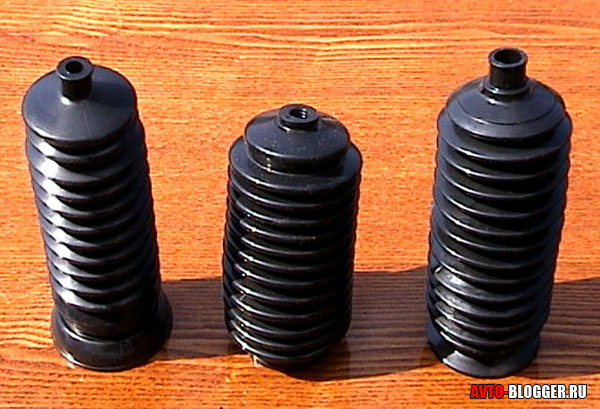
- Shruses. Front grenades are also protected by rubber covers
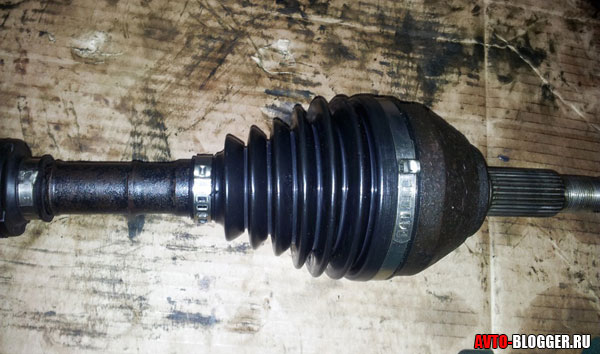
- Steering rack. Here they are only two
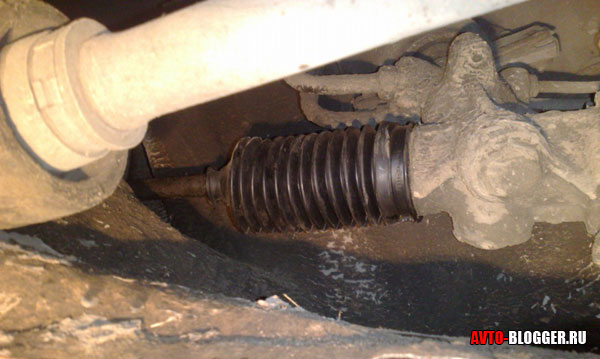
- Ball supports and steering tips
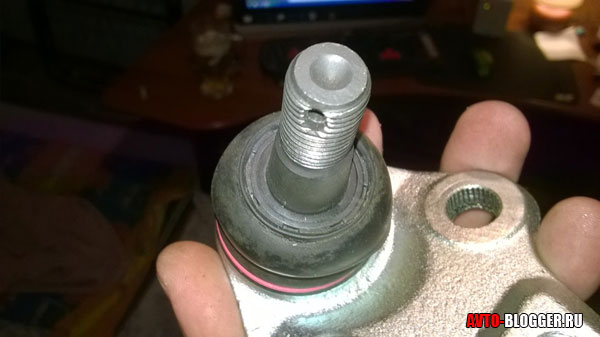
- On the clutch fork ( mechanical box transmissions)
- Some models of stabilizers
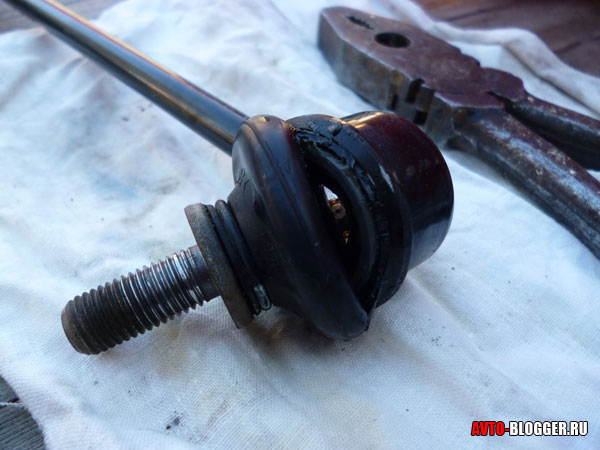
To be honest, then in various modifications Their car can be quite a lot and different. For example, many automakers protect even door traction in such covers. As it read the information that anthers in the car can be about 40 - 60 pieces, but only 10 - 20 perform really important tasks.
Basic function
As I said on top of the main task - protection of nodes from dirt, dust, and especially sand and moisture. So B. front drive Especially strongly protect the shrus steering rack and ball supports.
Why is it all necessary? Everything is simple in these elements there are connections that should work hermetically, when moisture or dust, the nodes begin to wear quickly. For example, Shrusa There are spherical elements that go through special grooves, if there will be moisture or sand in these grooves, they are rapidly wear out. The moisture will oxidize them - which will bring rust, but the sand will work as an abrasive, just stepping grooves and balls themselves.

Steering Reika - It has a shaft that passes through guides and glands, it should also be protected by a dust if there is no protection - the tree begins to rust, the sand is getting into the place of his "work", the glands are broken and starting to flow. The guides for the shaft are usually made from polymers, when operating a shaft in the sand or rust, they also quickly fail.
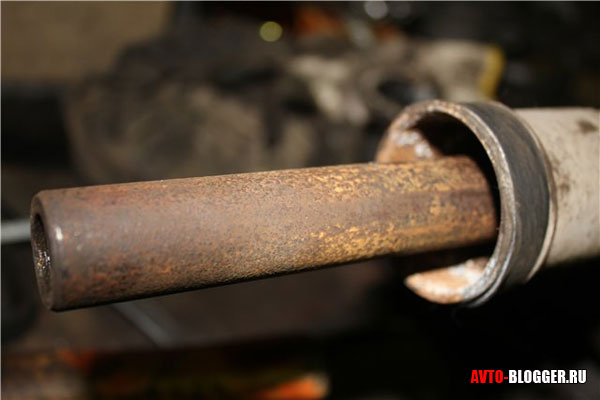
Ball and steering supports Some of the most loaded parts. In their structure there is a so-called finger, with a hinge tip and polymer inserts, if the sand falls between them, the polymer is very quickly fail. The boot here is simply necessary.

And these are only the main elements, they all should be protected reliably from dust and dirt, otherwise expensive repair or even an accident spherical bearing for strong wear Maybe just fall apart, the car wheel will fall on the side, and if this happens while driving? The consequences can be deplorable.
Wearness
The material that is used in the production of the anther must withstand very large loads.
- High temperatures should not melt and crack with extreme positive values.
- Low temperatures should not "dubet" in frosts
- Must cope with wear, that is, friction protection
- Work on the break. Must withstand crash and break
Previously, the anthers were made mainly of rubber, but this material was far from perfect, so he could dry out in the summer, and he could also doubt. Small cracks appeared or in general breakthroughs.
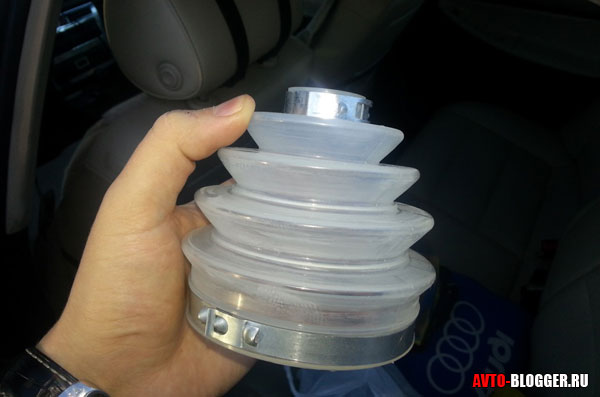
Therefore, then the production technology was slightly changed, now new rubber compositions are used with improved characteristics, or more advanced silicones. In any case, the boot should be very strong to withstand high loads, because its service life is calculated for many thousands of kilometers.
Resource of the anther
In the ideal case, this protective case must go all the service life of the node or part that it protects. So for the sake of an example on the steering rail, it can take 150,000 kilometers, on a shooting range about 100 - 120 thousand, and about 70,000 on the ball.
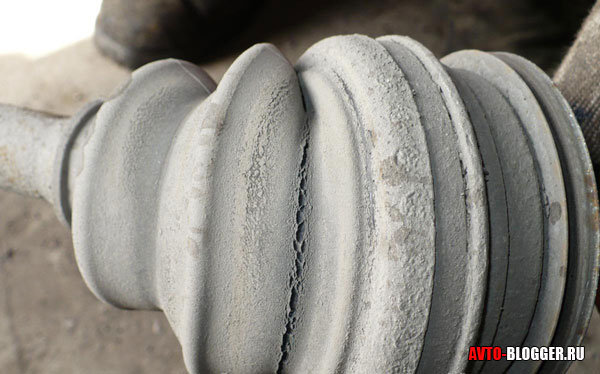
However, with bad road covering, for example, unclean roads in winter or concrete, crushed stone in summer, it can be damaged even with a small run. For example, my friend managed to damage when running at 3,000 km, went to the cottage, he was sticking out of the crushed stone. Some rod, he broke the boot shrus.
So, ideally, you must close the bottom of the car with metal protection, so indirectly you can increase the resource of the "workers" of anthers.
Is it possible to replace
To be honest, many do not notice these elements at all and even if they are broken, they continue to ride them, it's not correct. After all, on time, the replaced boot will extend the resource to your node.
Otherwise, 500 - 1000 kilometers and will need to change! Do you need it? For example, try to replace the steering rack, the price tag is not small at all. Yes, and the Slus is not cheap.
Now, many may wonder if it is possible to buy a separate boot? Yes, of course you can, for example, many dealers have a margin in stock, and even if you have run out of the warranty, you can find analogues in spare parts stores.
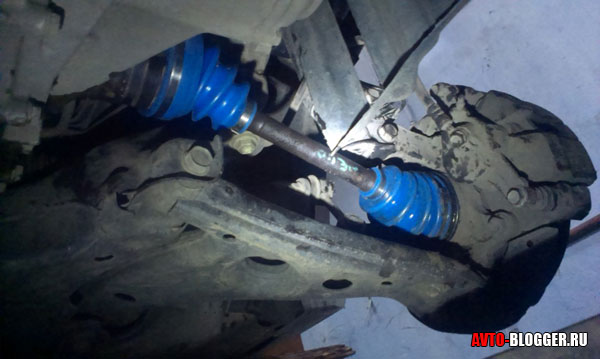
What I want to say in the conclusion - guys change these elements on proven stations, because when replacing it will be necessary to remove (partially or completely) the entire node, if you are removed incorrectly, you can damage. For example, balls, steering tips can be easily broken, can be damaged and grenades.
Here is such a necessary detail, I think - the material was useful, read our cooling back
First of all, you need to figure out what a boot shrus is, and why it can break. Sls - hinge equal corner speeds - a node that is present in almost every modern car. Its function is to transmit torque with a semi-axle to drive wheels, which are both guides. Moreover, the shoes have so successful design that they practically do not lose torque. How it became clear from their destination - These hinges are installed on front-wheel drive and all-wheel drive cars.
Sls has a high purity of contacting surfaces, so it should be reliably protected from aggressive ambient: water, dust, dirt, etc. To ensure this protection, on the shaft, on which the Sls is planted, install a special protective element - Bellow. It is a plastic or rubber cone. To make it clearer, look at the photo:
Included with him usually goes what you see in the photo:
- clamps for its fastening on the hinge;
- retain ring;
- lubrication Sls.
How to check the performance
Before replacing or, as in our case, repair is to make sure of its need. Simply put, understanding, integrity is broken or not. This can be done in several ways. First, listen to your car. Get off the car, switch it to the front (first for cars with manual transmission) transmission, remove the steering wheel until you stop in any direction. After that, dramatically learn the gas until it stops. If during this maneuver you heard outsided sounds (Crack, clicks, whistle) From the front wheels side - it is necessary to inspect the condition of the anthem.
Secondly, there are several visual ways. Exercise wheel disks. The presence of a black thick substance on them says that the boot has broken, and the lubricant sprayed outwards. If this is actually so - in no case continue movement.
Thirdly, you can see directly the boot itself. To do this, remove the wheel until you stop so that you can clearly see the boot. Make sure that it does not have visual defects: cracks, cuts.
How to renovate
If the boot is still out of order, and buy a new one you do not want (we strongly recommend you change your mind) or wait until it comes, there is an opportunity to take a shrus boot.
First option - use rubber patchthat usually use for automotive tires. In principle, the method should justify itself, because the boot and the wheel is operated in about the same conditions. Take care in advance of purchase:
- patches for automotive tires;
- outdoor lubricant Sls;
- sealant;
- kerosene for cleaning.
So, to start speck the surface and put the patch according to the instructions. It will look like this:
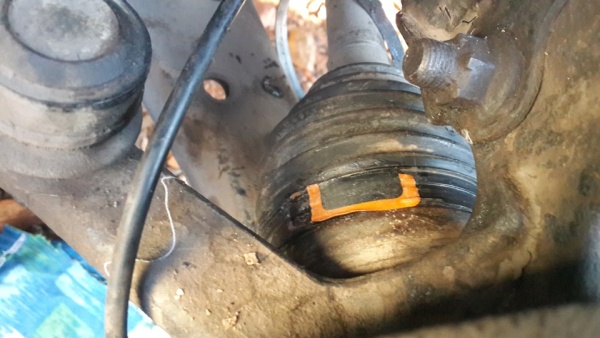
For greater reliability, pour the patch sealant. After that, theoretically, you can go further. That is, this method of replacement, in principle, allows you to take a shruss boot, without removing it. However, such negligence can do expensive if dust or water falls into the hinge itself. Therefore, it will be better to remove the boot. Employed it and hinge. Re-fill the lubricant there and securely secure him with clamps.
Important! This method is suitable for repairing only rubber anthers, not plastic!
The second option is rather for repairs in " field conditions"Than on the planned clamp. Nevertheless, those who applied it, talk about its reliability, and most importantly, the speed of implementing into life and extreme cheapness. For such a repair you will need:
- polyethylene package (stronger);
- scotch;
- lubrication Sls.
Of course, you first need to subdominate the car, remove the wheel and remove the dirt from the surface. Then with a syringe or any other similar tool, bring the boot with lubrication. It is better, of course, remove it, rinse and fill, but you can do it through a hole that has formed in it. Next, take the polyethylene package and wake themselves and part of the shaft. Do not forget to drive the bag into the grooves. Screw the wheel (necessarily in the course of the movement!) To make sure your design can move freely. Now it remains only to rewind all this with a scotch. Try to acquire not an ordinary stationery tape, but a special car (with the addition of metals for greater durability).
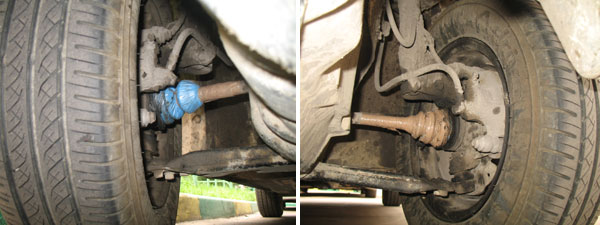
If you have any questions about the repair of the shruss's anther with your own hands, look at this video. It is quite detailed and clearly represented by the second repair method:
It is also possible that the rubber anthers needed to you have already been manufactured at our production or perhaps even there is an operational warehouse. In this case, this will significantly speed up the timing of the order and the delivery of products or products you need. On our operational warehouse a large range of products and goods - we hope you will be pleasantly surprised.
You can also be interested in other RTI of our production such as:
If you did not find the product you need - contact our managers to clarify the availability of the product. If you want to establish the production of these parts with us at the enterprise - contact the design department for calculating the cost of the equipment - molds.
We produce more than 7,000 thousand species of various rubber products of RTI. We will find what you were looking for. Download price list Over the company's logo and in it you can view the entire list of products with prices and which are available, or contact our sales managers for registration or consultation.
The enterprise LLC "Rezinoplast" provides services throughout Ukraine and delivers its products to any city of Ukraine, in particular in such cities like Dnepropetrovsk, Kiev, Zaporizhia, Odessa, Kharkov, Lviv, Kherson, Vinnitsa, Mariupol, Kremenchug, Zhytomyr, Melitopol, Chernigov, Chernivtsi, Nikolaev, Lutsk, Poltava, Sumy, Volyn, Rivne, Khmelnitsky and many other cities and we also carry out the delivery of rubber products of our production to such countries as: Germany, Poland, Belarus, Georgia, Moldova, Azerbaijan, Kazakhstan, Tajikistan, countries of near and far abroad and the Baltic States. One of the most important goals of the enterprise is the supply of our products to the countries of the European Union.
The theme "Protective bellows on the tubular guides" brought to the memories as, having bought another motorcycle (IL Yu-5) in 87, I concerned about the protection of feathers of the front fork from dust and dirt. Javal anthers could be used, but they were expensive and I decided to try to make it yourself using the technologies that we used in MWU for the manufacture of high-pressure curvilinear vessels.
We had a roll of miliemeter raw rubber, which did not dissolve neither gasoline neither acetone wound on the cardboard tube with the separation layer of the tissue hb. I decided to use it. Previously, I was made from her Moskvich's Moskvich's Washer Mosquito Piston Cockup 408 of our employee.
For the manufacture of mandrels of pipelines with polymerization temperature up to 180 degrees, we used the "dough" from fine river sand on a bundle from a solution of polyvinyl alcohol in water. The dough clogged into the mold and was dried in the stove until the water removal. Inside the mandrels there were still steel liners for fastening the mandrel on the machine. After the manufacture, the sand mandrel was washed out of the water jet product. It was most difficult to remove the mandrel from the ball and torch vessels, especially with one nozzle.
For the anther, I chose a set design of the mandrel because it decided to form a raw rubber from disk blanks. Molds for internal and external details mandrels.
When the required number of "hollows" was made to obtain the length of two anthers, it was made of parts for molding end mounting forms of dural antheries.
The assembly occurred on the rill of about f 20 mm. On the rolling pinned end element and inner slices. Then two dials of raw rubber, an external slicer, two more rubber disks and an inner slicer. And that next.
There are no end elements and rubber discs. But I hope and without them everything is clear.
After easy tightening of the nut raw rubber sticking out of the gaps between the external courses, the blade was cut and the assembly was wreated by an unfortunate silica ribbon, which was used for the crimping products, and the assembly is tightened with a rolling pin.
By the way, this ribbon is well wrapped with metal patchwork on the burnt glossy. From the temperature of the tape seated and tightly presses the patch. After shrinkage, it is possible to deceive paint and ride a long time without making taut sounds. (So \u200b\u200bI spool a few reels
Yeah, went further. After the volcanization of the rubber, it remains to pull the rolling rolling pin, wash the ribbon, wash the sand from the inside the corrugated slag and cut into two anthers.
Probably, you can and square (in the section) anthers do that.




